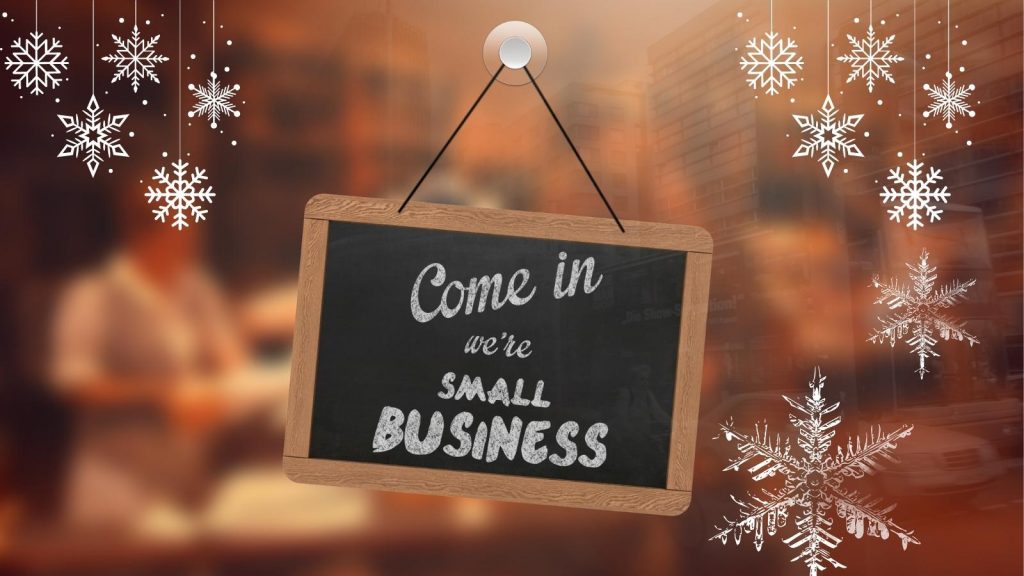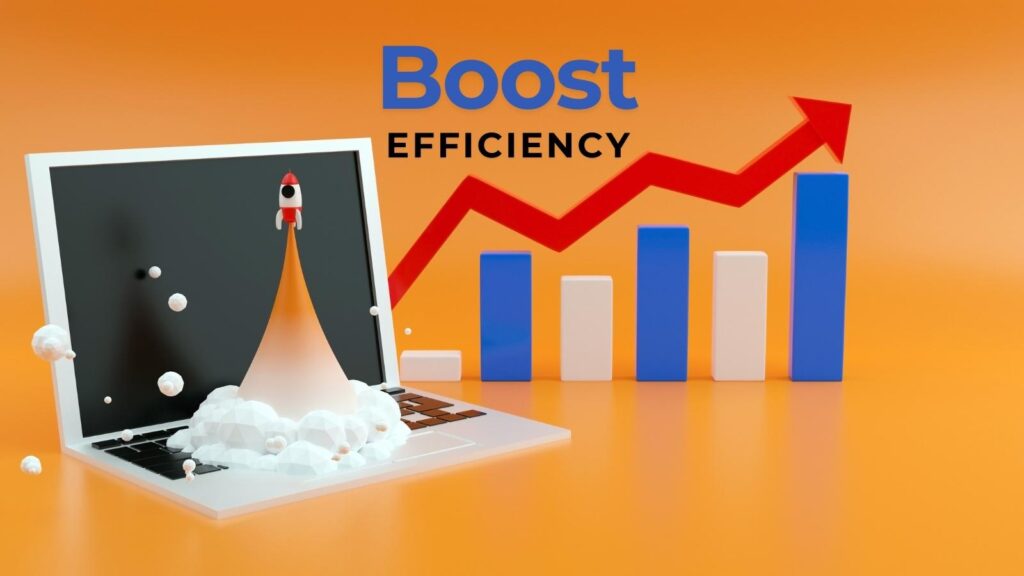When it comes to the finances of the business, increasing your profits might be the most common concern that you have, but it shouldn’t be the only thing that you’re worried about. You also need to think about the best way to avoid cash flow problems of money in and out of the business, aka, the cash flow.
Learning the best way to avoid cash flow problems will help your small biz grow.
Even if you’re technically profitable, a slow cash flow can choke your business’s ability to invest in the resources and improvements it might need.
Here, we’re going to look at some of the most common cash flow problems, and what the best way to avoid cash flow problems is for your small biz.
Table of Contents
You Don’t Actually Know What Your Cash Flow Is
You should have a good idea of not only what money you have in the bank but also what you can expect to come out of it and what you can expect to come into it. This is
the basic understanding of your cash flow that you need to understand, but looking over past bank balances isn’t enough.
With the help of small business software like Fluidly, you can more effectively track your comings and goings and what you have in terms of real cash at any given time.
You’re Waiting Too Long for Money To Come in
This is a prevalent, perhaps even universal, issue for those businesses that accept invoices. If you’re waiting weeks, even months, for invoices to come in, you need to get comfortable stirring your clients into action.
It’s the best way to avoid cash flow problems as your small business progresses.
Setting deadlines on contracts and invoices, sending reminders, and tracking invoice payments can increase your profits by ensuring that you’re getting more of the money that you’re owed on time.
I like to call clients when they owe money. Sometimes, if they are in a bind, they may send half now and half later, which is better than nothing.
However, you may have to terminate your services if they are more than 90 days late. (I’ve been there, done that!)
Cash Flow Problems Caused by Losing Track of Payments
However, it can be hard to excuse yourself when the shoe is on the other foot. Many business owners will lose track of or forget about the payments they have to make, as well.
You don’t want to deal with late fees that can add up quickly!
As such, bills can come out when you least expect or want them, and you can go over deadlines on payments, costing you more in the long term.
To that end, accounts payable software such as OnPay Solutions may be able to help. By automating more of the process and setting up reminders and notifications, you can always be aware of how much is coming out of the bank and when.
You Have Your Personal and Business Finances Tied Up
This a very common problem for new and small businesses. You should make sure that you open a business account as soon as possible, and keep any money made by the business separate from your personal cash (outside of the salary that you pay yourself.)
It’s easy to get mixed up in which expenses are from the business and which are from you, so you can get a misunderstanding your cash flow very easily, which can lead to you having more or less cash than you think coming in.
Forecasting Your Monies
Cash flow forecasting is the process of estimating the amount of cash that will flow in and out of your business over a certain period of time. This can be done on a weekly, monthly, or quarterly basis.
The goal of cash flow forecasting is to help you identify potential cash flow issues before they happen, so you can take action to avoid them.

Cash flow forecasting is important because it allows you to plan for the future. By knowing how much cash you will have on hand at any given time, you can make informed decisions about how to allocate your resources.
It’s the best way to avoid cash flow problems.
For example, if you know that you will have a cash surplus in the next quarter, you may decide to invest in new equipment or hire new employees.
On the other hand, if you know that you will have a cash deficit, you may decide to cut back on expenses or seek additional financing.
How To Forecast Your Cash Flow
Step 1: Gather Data
The first step in forecasting cash flow is to gather data. You will need to know your current cash balance, as well as your expected cash inflows and outflows.
Your cash inflows may include sales revenue, loans, or investments. Your cash outflows may include expenses such as rent, salaries, and supplies.
Step 2: Create a Cash Flow Statement
Once you have gathered your data, you will need to create a cash flow statement.
This statement will show you how much cash you will have on hand at the beginning and end of each period, as well as your expected cash inflows and outflows for that period.
Step 3: Analyze the Data to Find Cash Flow Challenges
After you have created your cash flow statement, you will need to analyze the data.
Look for any trends or patterns in your cash inflows and outflows. Identify any potential cash flow issues, such as a cash deficit or a large cash outflow that you were not anticipating.
Step 4: Take Action
Finally, take action based on your analysis to prevent cash flow problems for your business. It’s the best way to avoid cash flow problems in the future.
To Conclude About The Best Way To Avoid Cash Flow Problems
With the help of the tips above, you can make sure that your cash flow is current, smooth, and easy to check, so you always know what money you’re actually able to spend.
What type of cash flow problems has your small business faced? Have you been able to overcome them?
What has been your best way to avoid cash flow problems in your business?
FAQs: Smart Ways to Dodge Cash Flow Crunches in Your Small Biz
How do I spot cash flow problems before they get serious?
Keep a close eye on your accounts. Use a cash flow forecast to predict dips and surges. Watch for late payments, unpaid bills, and shrinking balances. If you’re always scrambling to pay vendors or cover payroll, it’s time to act.
What’s the quickest way to improve cash flow right now?
Speed up your invoicing. Send bills as soon as work wraps up. Offer discounts for early payments. Don’t let unpaid invoices sit—follow up right away. You can also reduce non-essential spending and sell off old inventory for a quick boost.
Should I use software As The Best Way To Avoid Cash Flow Problems?
Yes, especially if you’re busy or numbers aren’t your thing. Accounting tools like QuickBooks or FreshBooks help you track payments, bills, and cash on hand. Many also generate reports to spot trends. Automated reminders keep invoices from slipping through the cracks.
How can I avoid late payments from customers?
Set clear payment terms upfront. Please include them in every contract and invoice as the best way to avoid cash flow problems. Send friendly reminders a few days before bills are due. If late payments keep happening, charge a small fee or pause work until they’re caught up.
Is it better to delay paying my bills?
You can ask for longer payment terms, but don’t miss deadlines. Consistently late payments hurt your credit and damage vendor relationships. If cash is tight, call your suppliers. Most prefer a quick heads-up to being left in the dark.





Hi Lisa,
All good points. Virtually no new entrepreneurs have in-depth, thorough financial training for running businesses. If we learned how to make and handle a lot of money the lucrative debt-slave system would collapse LOL. That same system that fools people into believing they are proud home owners when they are in truth debt slaves to banks for 30 years. Crazy world out there. Excellent post.
Ryan
Thanks Ryan. You make a good point on the deb-slave system 🙂 Some debt is good for a fab credit score. But we were just talking about the interest after 30 years as my step-daughter and husband just purchased their 1st home. It is amazing when you look at the numbers. Thanks for your input Ryan and have a great day.